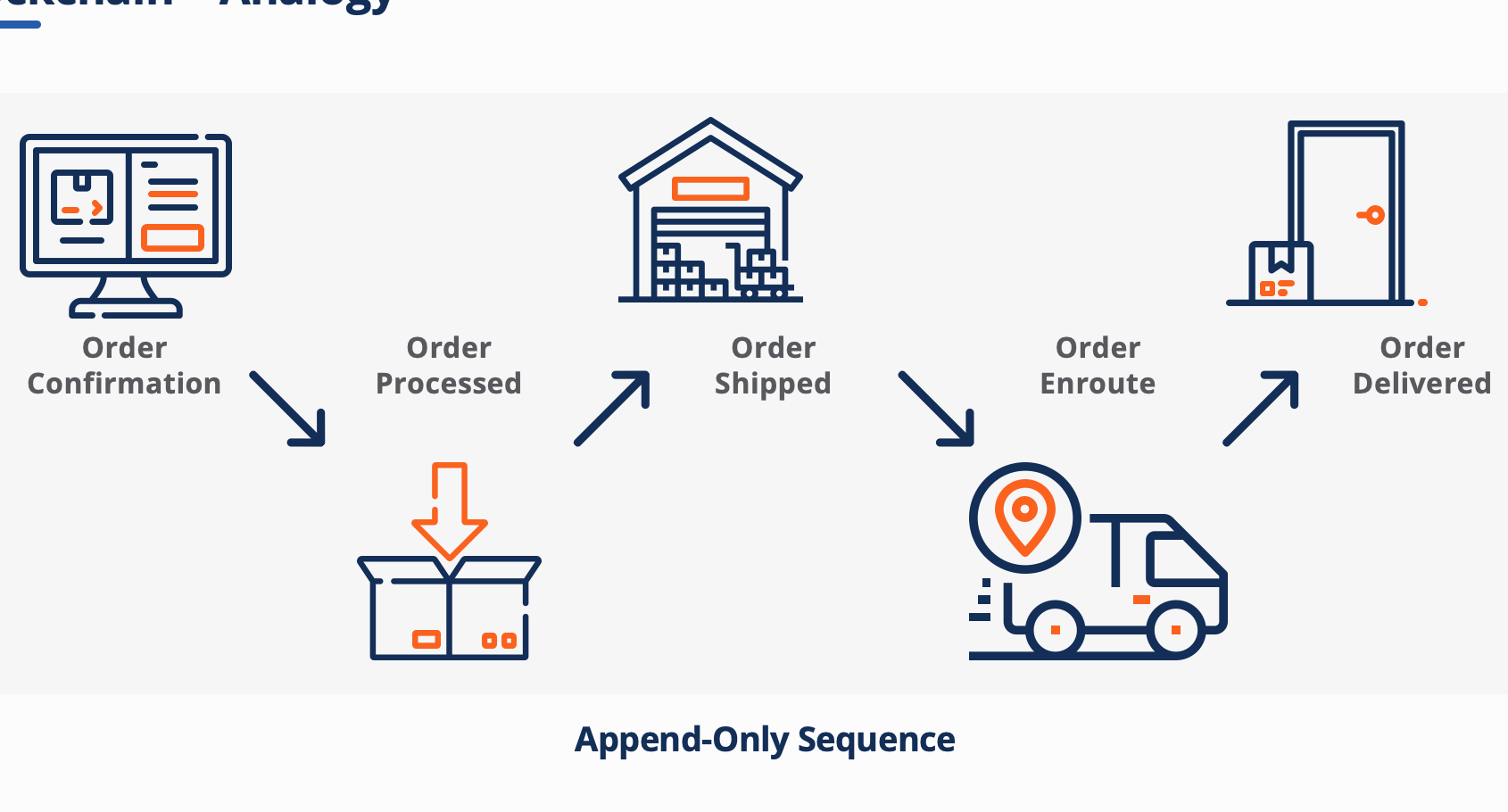Blockchain technology is a revolutionary innovation that is changing the way we handle data and transactions. Originally developed as the foundation for cryptocurrencies like Bitcoin, blockchain has evolved to offer a range of applications beyond digital currencies. This article explores what blockchain technology is and how it can be applied in various sectors.
Understanding Blockchain Technology
At its core, a blockchain is a decentralized, digital ledger that records transactions across a network of computers. This ledger is maintained by a network of participants rather than a central authority. Here are the key components that define blockchain technology:
- Blocks: The blockchain is composed of a series of blocks, each containing a list of transactions. Once a block is filled with data, it is added to the chain in a linear, chronological order.
- Chain: Each block is connected to the previous one through a cryptographic hash function, creating a chain of blocks. This connection ensures that once a block is added, it cannot be altered without changing all subsequent blocks.
- Decentralization: Unlike traditional databases that are controlled by a central entity, a blockchain is decentralized. This means that multiple copies of the blockchain are maintained across various nodes in the network, enhancing security and transparency.
- Consensus Mechanism: To add a new block to the blockchain, the network must reach consensus through a process such as proof of work (used in Bitcoin) or proof of stake. This mechanism ensures that all participants agree on the validity of transactions.
How Blockchain Technology Works
Blockchain technology operates through several key processes:
- Transaction Creation: A transaction is initiated by a user and broadcasted to the network. Each transaction contains details such as the sender, recipient, and amount.
- Verification: Nodes in the network verify the transaction to ensure its validity. This verification process includes checking digital signatures and ensuring that the sender has sufficient funds.
- Block Formation: Valid transactions are grouped together into a block. The block is then verified and validated by the network nodes using consensus mechanisms.
- Adding to the Chain: Once verified, the block is added to the existing blockchain. This addition is permanent and immutable, meaning that it cannot be altered or deleted.
- Distribution: The updated blockchain is distributed across all nodes in the network. Each node maintains a copy of the blockchain, ensuring consistency and transparency.
Applications of Blockchain Technology
Blockchain technology has a wide range of applications beyond cryptocurrency:
- Finance: Blockchain can streamline financial transactions by providing a secure and transparent ledger for tracking payments and transfers. It can also enable faster settlement times and reduce transaction fees.
- Supply Chain Management: Blockchain enhances supply chain transparency by providing a tamper-proof record of goods as they move through the supply chain. This improves traceability, reduces fraud, and increases efficiency.
- Healthcare: In healthcare, blockchain can securely store patient records and share them between authorized parties. This ensures data integrity and privacy while facilitating seamless information exchange.
- Voting Systems: Blockchain can be used to create secure and transparent voting systems. By recording votes on a blockchain, election processes can become more secure and resistant to tampering or fraud.
- Smart Contracts: Blockchain enables the creation of smart contracts, which are self-executing contracts with the terms of the agreement directly written into code. Smart contracts automatically execute and enforce terms when predefined conditions are met, reducing the need for intermediaries.
Benefits of Blockchain Technology
Blockchain offers several advantages that make it a valuable technology:
- Security: Blockchain’s decentralized nature and cryptographic algorithms make it highly secure against tampering and fraud. Each block is linked to the previous one, creating a secure and immutable record.
- Transparency: Transactions on a blockchain are visible to all participants in the network. This transparency ensures accountability and reduces the risk of corruption or manipulation.
- Efficiency: By removing the need for intermediaries and automating processes through smart contracts, blockchain can streamline operations and reduce costs.
- Decentralization: The decentralized nature of blockchain eliminates the risk of a single point of failure and ensures that the system remains operational even if some nodes go offline.
Challenges and Future Outlook
Despite its benefits, blockchain technology faces several challenges:
- Scalability: As the number of transactions increases, blockchain networks can become slower and less efficient. Solutions such as layer 2 scaling and sharding are being developed to address this issue.
- Regulation: The legal and regulatory framework for blockchain technology is still evolving. Ensuring compliance with existing regulations and developing new ones is crucial for the technology’s widespread adoption.
- Energy Consumption: Some blockchain networks, especially those using proof of work, consume significant amounts of energy. Researchers are exploring more energy-efficient consensus mechanisms to address this concern.
The future of blockchain technology is promising, with ongoing advancements and innovations. As the technology matures, it is likely to find even more applications and become an integral part of various industries.
In conclusion, blockchain technology represents a transformative shift in how data and transactions are managed. By understanding its core principles and diverse applications, we can better appreciate its potential to revolutionize industries and enhance security, transparency, and efficiency.

